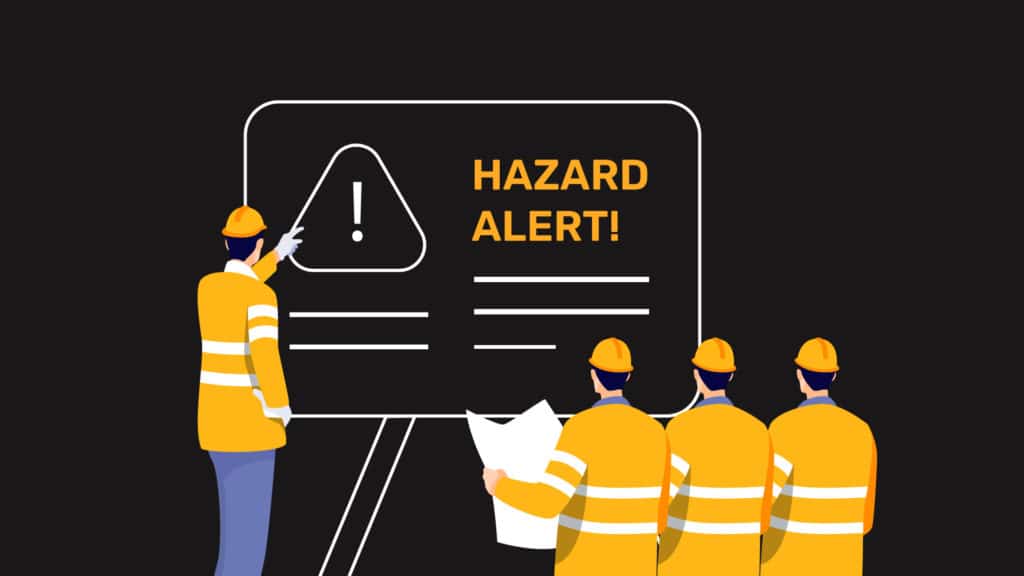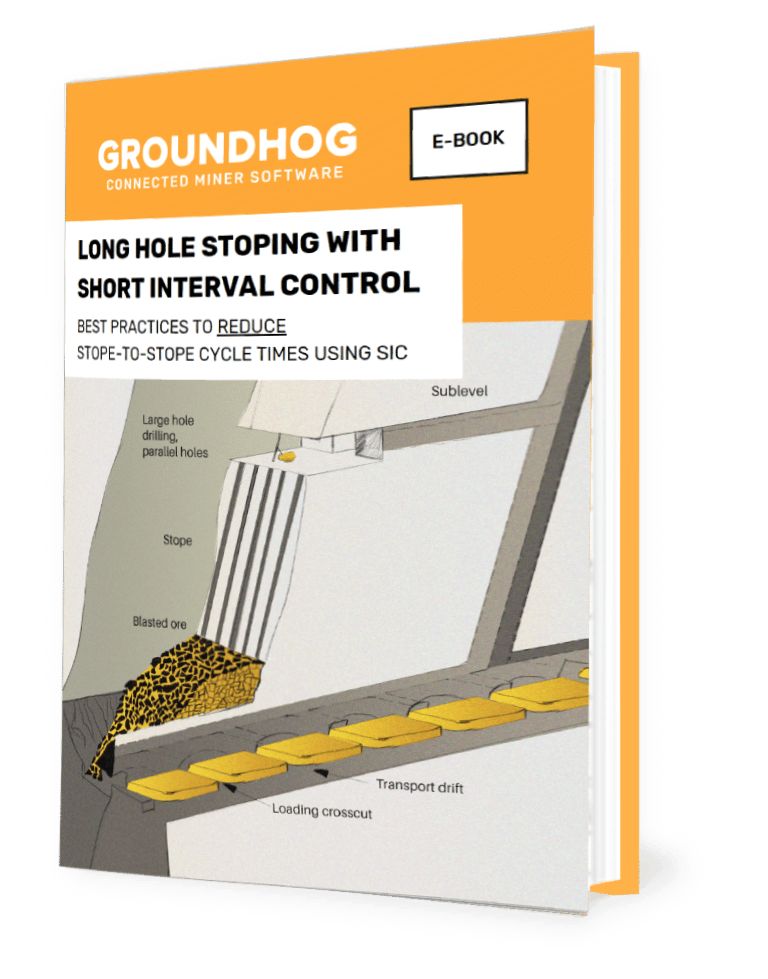
Training is one of the most important things that a company can do to improve its safety and productivity. This is especially true when it comes to employees who are not only new to the company, but also new to an industry like mining. There are really three parts of new employee training, but most companies only focus on the first two.
The first part of the training that new employees receive is, of course, the 24+ hours of MSHA New Miner training. This covers MSHA regulations, Miner’s Rights, Introduction to The Work Environment, Ground Control, company policies, general mining hazards and many other important topics. It is important training, but it is very general in nature.
The second part of training is when the new employee (new miner) receives Hazard training for the specific mine and area of the mine where he or she will be working. This is valuable training and more targeted towards where the new miner is working than the New Miner training. The problem is that the structured hazard training often ends at this point. The new employee leaves the Hazard training and is dropped off at the jobsite with the supervisor being told “Here is your new guy”.
There is one final part of training that should be completed before the new miner can begin working: jobsite-specific hazard training. When a visitor comes to a jobsite for the first time there is typically a procedure where the visitor is met at the entrance to the site and given an orientation explaining things like: areas to stay away from, emergency procedures, location of first aid kits, and other safety supplies. We do this for visitors, but do we do anything like this for our new miners when they come onto a jobsite for the first time? They may have sat through countless hours of mostly classroom training, but do they really understand the hazards on that specific jobsite and what to do if there is an emergency? The answer is all too often “no”, but this is information they need to know as soon as they step on that site.
Each jobsite is different, so each jobsite specific hazard training should be different, but there are universal topics that should always be included. For example, a new miner should know where the Emergency Response Procedure (ERP) is located. What is the jobsite location called if you need to call for help? Where is the muster area in the event of an emergency? Where are the first aid kits located? Where are the fire extinguishers located? Where are they located if there is an AED or additional first aid supplies like a stretcher? How do you access SDSs if you swallow or are splashed with a chemical? Where is the eye wash? This training should be more than a supervisor reading down a checklist. To be effective the new employee should be taken on a tour around the site to see exactly where these items are located and how they function.
In addition, the new employee should be trained on the hazards of the equipment on the jobsite. Is there mobile equipment that routinely moves around the site? If there is any stationary equipment, where is the emergency stop? And if equipped with fire suppression, where is the activation button? What parts of the equipment are guarded and why? Is there anything that might automatically start or stop on the site? There is also an added benefit to showing the new miner the equipment. Sometimes, it takes a pair of new eyes looking at a piece of equipment for the first time to identify a potential hazard that everyone else has been overlooking for years.
The next step of the hazard training should explain areas around the jobsite that may require extra caution. Are there regions raised with guardrails? Areas requiring fall protection to be worn? Open holes to be aware of? Are there any pressurized lines? Wire rope under tension? Any trenches? Overhead electrical lines to be familiar of? If on a mine site, discuss any ground control issues. Really think about what the new miner needs to know, but also what does he or she not need to know. While sharing information is essential, sharing useless information can easily drown out valuable information.
Finally, share any other information that would be good for the employee to know. This can be anything from: Where is the nearest restroom located? To where is the extra PPE stored? To where is the clean drinking water? When complete, the new employee should feel comfortable to start working, and you can feel comfortable that they understand the basic hazards of the jobsite and the emergency procedures.
Not only is the jobsite specific hazard training valuable for the new miner, it can also serve as a safety-focused site inspection. As the trainer explains hazards and emergency procedures, they also verify that the equipment or supplies are where they are supposed to be and in good condition. I myself have been taken on tours as a visitor to a new jobsite and had the person take me to where they thought the Emergency Response Plan was posted only to find out that someone had moved it.
When the training is completed, it should be documented just like the other two parts of the movement. The best way to do this is with a web- and app-based system like GroundHog. A design like this can automatically capture the signed training and add it to training matrices for the individual, the project, or the company. Making it easy to quickly ensure that all the new miners are receiving their jobsite hazard training.
We invest a lot of time and money in training, but so often overlook the final part: the jobsite-specific hazard training. Yes, these employees may have had hours of training in a classroom, but are they really trained well enough to identify hazards on their own on that specific jobsite? Treat that new miner the way you would a visitor to the jobsite. Take the time to ensure that on day one, they understand the primary jobsite hazards and what to do in an emergency. This will lead to a safe and productive employee.
A Safety Training System commonly used in mines is GroundHogLMS.com
You can also read more about Safety at mines at: https://groundhogapps.com/mining-safety-lms/
About the Author: John Fowler
John Fowler is a Certified Safety Professional and a Certified Mine Safety Professional who has worked on projects ranging from offshore oil/gas platforms in Alaska to both surface and underground mines in the western US. You can contact John at: john.m.fowler@gmail.com.


